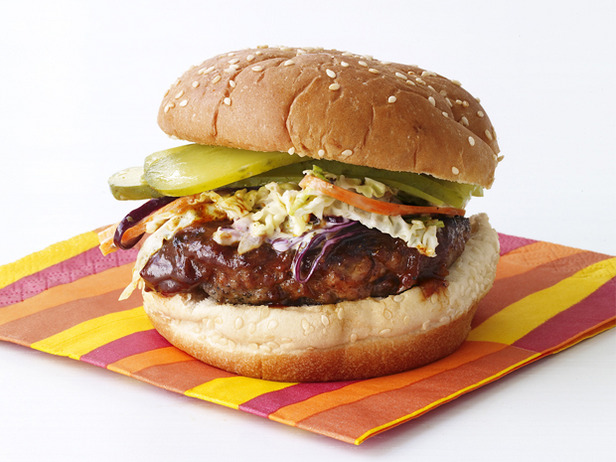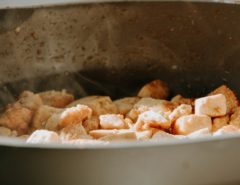By Kristy Vest
Fermentation creates a junction where science, food, and art intersect. It is microbiology meets sensory science meets pure delight! This post suggests just a few of the principals involved in the creation of a fermented masterpiece.
Fermentation was used in the earliest civilizations and enabled food preservation. This provided a tool for increasing food security. Call it the “local food” movement at its earliest inception, though not out of complete revolt as it may be seen today, but out of necessity and ingenuity.
Today we use these concepts and similar (in some cases, exact) processes to create delicacies, novelties, and staples. It is used in flavor enhancement as well as preservations. These products are the main stays from everyday meals to important celebrations. Fermentation products are so ubiquitous that most consumers no longer think twice about their historical relevance or the processes in their creation. Imagine a world without cheese! No wine?
Interestingly, demand for fermented foods is on the rise. Craft beer retail dollar value was an estimated $10.2 billion dollar value, up 15% in volume 2011 to2012 (1). The availability and ease of home-brew kombucha, yogurt, and kefir kits make it realistic for almost anybody to be their own food scientist in the comfort and privacy of their own home. My roommate is none the wiser to the kefir water currently brewing in my cupboard.
Food Scientists exploit metabolic pathways and extrinsic conditions of the bacteria and/or yeasts to artfully create your favourite food products and beverages with distinct and desirable flavor profiles. They explore ways to improve on technologies involved in the fermentation processes. Alas, the final product’s sensory profiles are created and evaluated. People say things like “robust”, “heavy or light notes”, “complex bouquet”, and “lingering after-taste”. People pull out their “Wine Aroma Wheels” (2) and analyze the volatiles, complexities and the specific notes of various wines.
Brew Masters, Artisan Bread or Cheese-Makers, Food Scientists, and other fermenting all-stars delight in creating another success without the spirit-crushing result of a “dead-vat.” Foodies and families gather and delight in the intricate pairings of their favorite foods with their favorite people. They are likely very savvy in the science of fermentation, but after all of the science to arrive at the final product, there are no rules to enjoy the complex junction of science, food and art unite.
References
(1) Craft Brewing Facts. In Brewing Association. Retrieved September 12, 2013, from http://www.brewersassociation.org/pages/business-tools/craft-brewing-statistics/facts)
(2) Noble, Ann C. The Wine Aroma Wheel. In Official Site of The Wine Aroma Wheel. Retrieved September 12, 2013, from http://winearomawheel.com/
Photo Credit: http://www.organicguide.com/organic/food/a-return-to-the-art-of-cheese-making/






I could not imagine a world without fermented foods! Beer, cheese, wine and yogurt are some of my favorite foods. I think it’s interesting how bacteria can be beneficial for us in creating delicious foods, but also be pathogenic and cause illness. I enjoyed your post, thanks for sharing!
Gotta love dat beer
Dat beer doe
Sometimes I lick my cat